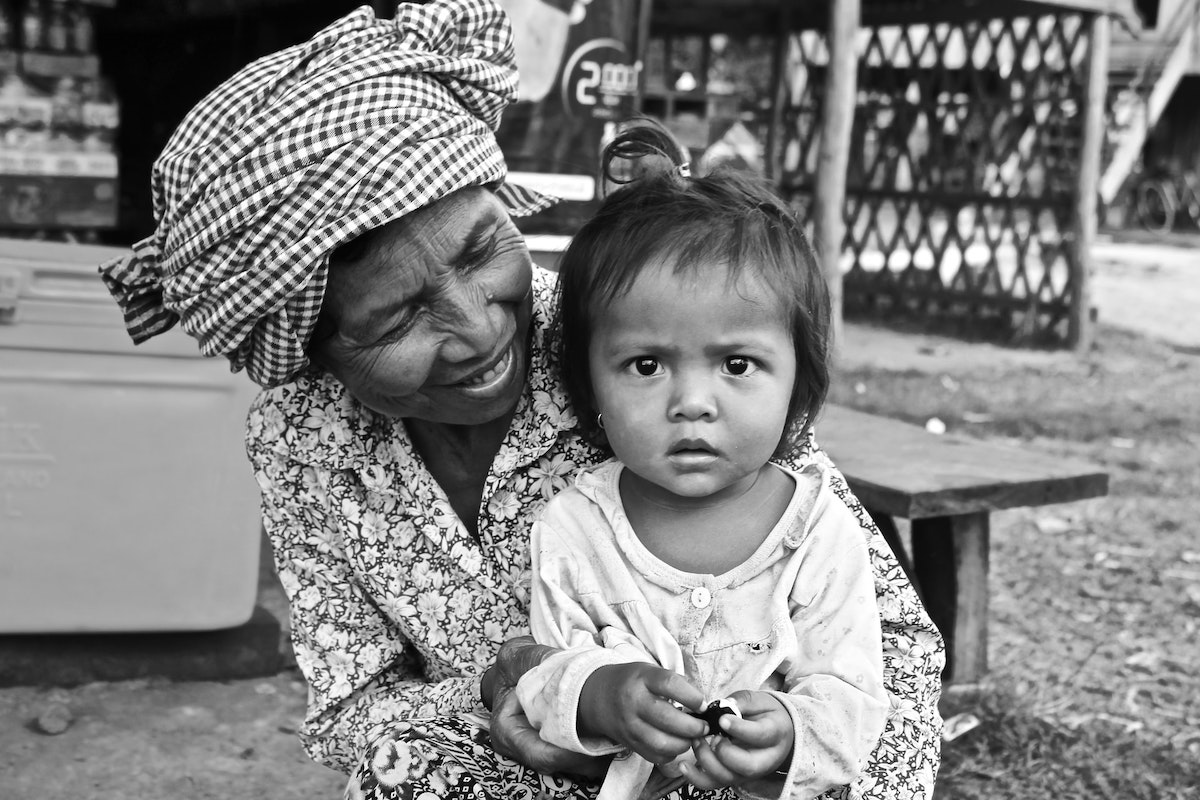- Authors: Sangita Vyas, Phyrum Kov, Susanna Smets, Dean Spears
- Published in: Economics and Human Biology
- Download paper
Abstract
Child height is an important indicator of human capital and human development, in large part because early life health and net nutrition shape both child height and adult economic productivity and health. Between 2005 and 2010, the average height of children under 5 in Cambodia significantly increased. What contributed to this improvement? Recent evidence suggests that exposure to poor sanitation – and specifically to widespread open defecation – can pose a critical threat to child growth.
We closely analyze the sanitation height gradient in Cambodia in these two years. Decomposition analysis, in the spirit of Blinder-Oaxaca, suggests that the reduction in children’s exposure to open defecation can statistically account for much or all of the increase in average child height between 2005 and 2010.
In particular, we see evidence of externalities, indicating an important role for public policy: it is the sanitation behavior of a child’s neighbors that matters more for child height rather than the household’s sanitation behavior by itself. Moving from an area in which 100% of households defecate in the open to an area in which no households defecate in the open is associated with an average increase in height-for-age z-score of between 0.3 and 0.5.
Our estimates are quantitatively robust and comparable with other estimates in the literature.
Keywords Height, Early-life health, Disease environment, Sanitation, Cambodia
Photo by Camille.

